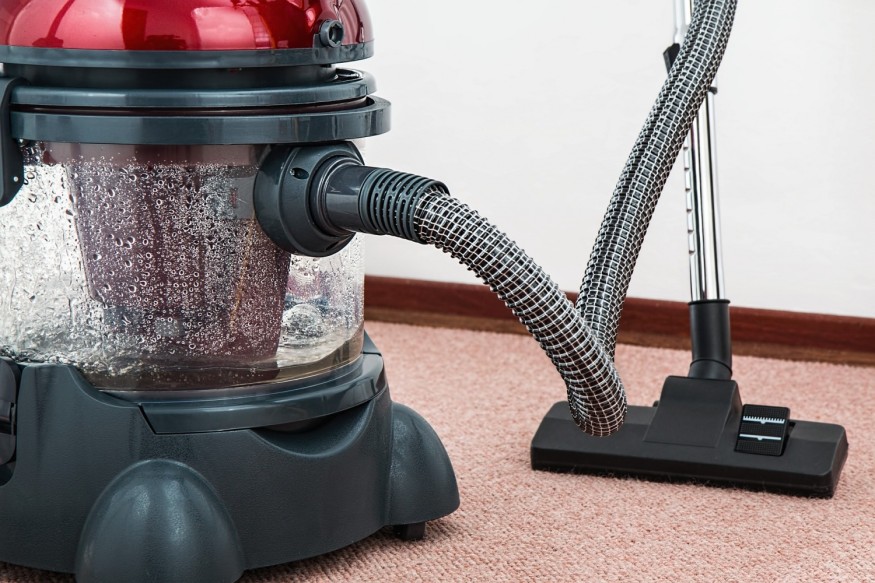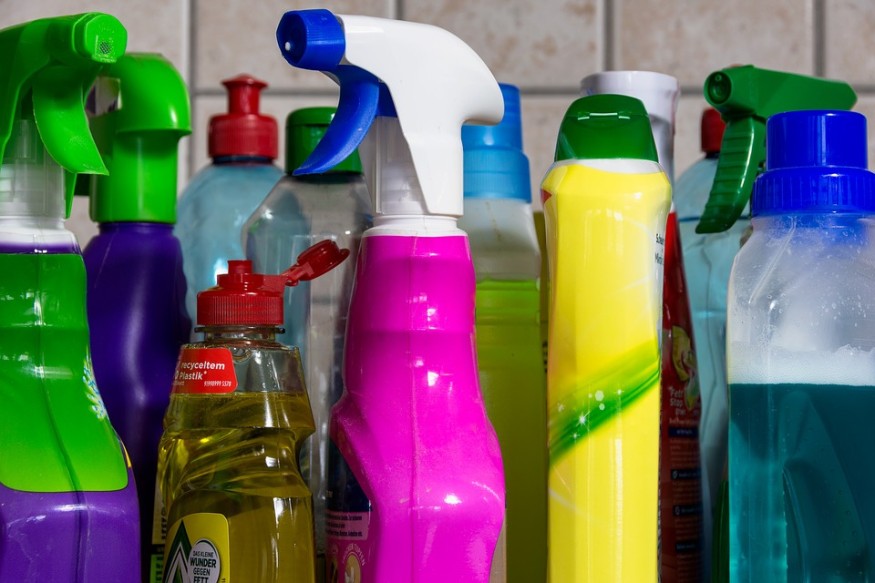A virus's RNA - part of the genetic material within a virus - will survive for up to a month in soil, according to a study conducted in rooms where COVID-19 patients were isolated.

The research did not look at whether the virus can be transmitted to humans by dust. However, it may include another method for tracking COVID-19 outbreaks in individual buildings, such as nursing homes, workplaces, or classrooms.
Dust and Viral Microbes

Karen Dannemiller, the study's senior author, has studied dust and its relationship to possible dangers such as mold and microbes.
When the pandemic first broke out, Dannemiller, an assistant professor of political, marine, and geodetic engineering and environmental health sciences at The Ohio State University, said, "We just needed to find a way that we could help contribute information that could help alleviate this situation."
"And we learned how to measure it because we'd spent so much time researching dust and flooring."
Covid in Dusts

The research published in the journal mSystems discovered that some of the virus's genetic material survives in dust, even though the virus's shell is likely to break down over time in the dust. The envelope, a crown-like spiked sphere that holds the virus's material, is critical to the virus's human transmission.
The study adds to the non-invasive screening buildings for COVID-19 outbreaks, which will become more important as more residents are vaccinated and return to communal spaces.
Municipalities and others have analyzed wastewater to ascertain the occurrence of COVID-19 in a particular population because the virus's gene copies and fragments remain in human waste, and by analyzing wastewater, city governments and others can determine how prevalent the virus is even though individuals are asymptomatic.
Related Article : Scientists Double Effort to Find Possible Next Pandemic, Caused by Other Zoonotic Diseases
Spread in Small Areas
On a smaller scale, dust monitoring could have a comparable interpretation, such as in a single nursing home, hospital, or classroom.
"You'll also need to know how COVID spreads inside the building in nursing homes, for example," said Nicole Renninger, lead author of the paper and an engineering graduate student in Dannemiller's lab. "You need to wonder if you're picking up an epidemic that's happening right now for monitoring purposes."
The research team collaborated with the crews in charge of cleaning the rooms at Ohio State, where students who tested positive for COVID-19 were isolated for this analysis. They also took samples from two homes in which individuals who had tested positive for COVID-19 resided. They collected dust in vacuum bags from the cleaning crews and the houses.
Swabs obtained from surfaces in the rooms were also examined by the researchers.
In 97 percent of the bulk dust samples and 55 percent of the surface swabs, they discovered genetic material from the SARS-CoV-2 virus, which causes COVID-19.
Disinfection

Before sweeping, the cleaning teams sprayed the rooms with a chlorine-based disinfectant. The researchers concluded they dissolved the shell and/or capsid, the virus's outer surface, effectively defanging it for propagation.
Genetic Makeup
The samples were checked before the study team arrived at the facility, right after the rooms were washed weekly. The virus's RNA did not degrade dramatically in the vacuum bags after four weeks.
"We weren't sure the genetic material would live - dust contains a wide variety of species, and we weren't sure we'd see any viral RNA at all," Renninger said. "We were also shocked to discover that the RNA itself seems to last quite a long time."
Purpose of the Study
Dannemiller believes that testing dust for COVID-19 outbreaks will be more beneficial in smaller areas with a high-risk community, such as a nursing home. At that size, measuring indoor dust is often expected to be less costly than testing wastewater or all people regularly.
"We wanted to show the dust could be used in conjunction with wastewater for surveillance," She said "wastewater is perfect for a huge community, but not everyone sheds the infection in their urine, and collecting wastewater samples is something that not everyone likes to do. Since these rooms are already vacuumed, dust can be a viable choice for certain people."
Dannemiller said the researchers presented their results to an industry association representing maintenance and cleaning workers with the following recommendation. "If they can wait at least an hour or more after an individual leaves the room to clean, they should," she said, referencing previous studies of viral viability on other materials and in aerosols.
Other Contributors
Nick Nastasi, Ashleigh Bope, Samuel Cochran, Sarah Haines, Neeraja Balasubrahmaniam, Katelyn Stuart, and Natalie Hull are among the Ohio State researchers who contributed to this report. Kyle Bibby, an associate professor of engineering at Notre Dame, and Aaron Bivins, a postdoctoral researcher in his lab, have contributed.
For more news update about anything wildlife related, don't forget to follow Nature World News!
© 2025 NatureWorldNews.com All rights reserved. Do not reproduce without permission.





